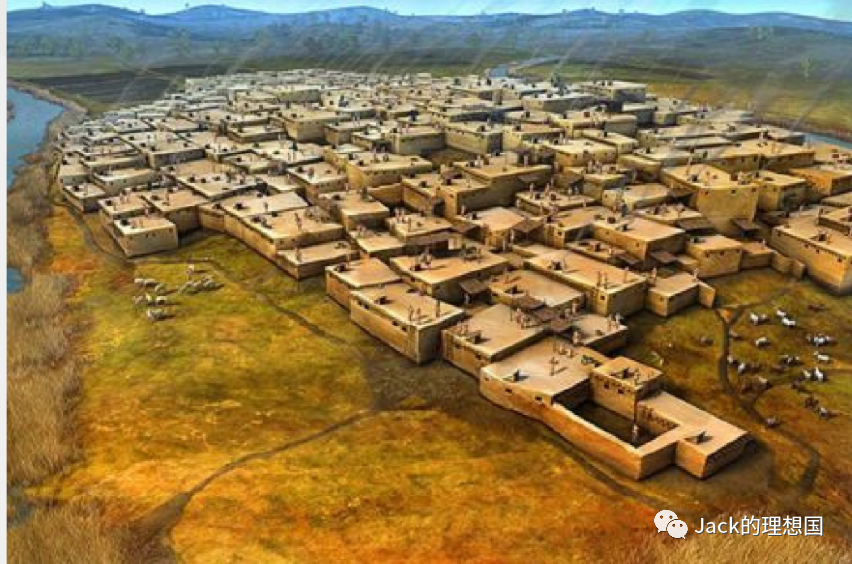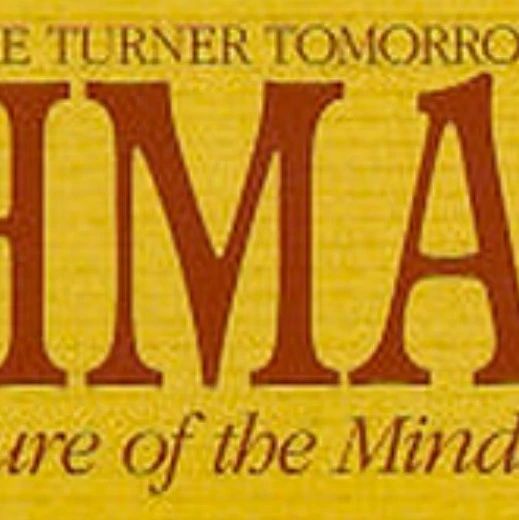Ishmael 1 - Captivity of Culture 文化的囚禁

(Catalhoyuk, one of the earliest towns in history)
(Catalhoyuk, 历史中最早的城镇之一)
Culture is first defined as a system of “beliefs, traditions, language, literature, art, etc.” held by a particular community or social group. Culture can make us captives of it because we think in languages, beliefs, and fictional entities. From the Cognitive Revolution 70,000 years ago, humans have coalesced from sporadic communities to villages, towns, cities, states, and intercontinental empires. The arrow of history points towards unity, not division. Through this process, we have developed a tradition of utilizing powerful stories (these stories formed cultures) to unite massive amounts of the population. As a result, culture is engrained in our thinking. It is a form of captivity in two main ways.
First, counterintuitively enough, many of us voluntarily want to be imprisoned in culture. Elements of culture, including mythology, literature, and so on, provide explanations for the uncertainties of our world. Imagine this: A group living during the Stone Age witnessed a terrific thunderstorm stroke down a tree. They must feel frightened and confused by the sight, but their confusion or uncertainties could be assuaged when they began praying to the thunderstorm god, knowing he created the storm. Soon, these Stone Age individuals would find that when faced with the unknown factors of their surroundings, they could turn to religion or any other fictional part of their culture to seek asylum or explanation. Through this way, they voluntarily latched themselves to the “chains” of their mother culture, becoming its captives.
Second, more brutally, culture indirectly forces people to be imprisoned. Cultural institutions are imposed on an individual by the surrounding environment; the individual usually does not have the freedom to choose. There is one relevant concept to introduce – “groupthink”. Groupthink occurs within a group of people in which the desire for “harmony or conformity in the group results in an irrational or dysfunctional decision-making outcome”. This concept can be applied to culture. The group of people who do not want to conform to the cultural institutions would eventually succumb when the majority around believes in these institutions because the former group is strongly affected by groupthink, possessing the fear of being left out. For instance, in the traditional Vikings society, people who did not accept cultural norms were called “Skogarmaor”. A “skogarmaor” would be banished from their community for several years. As a result, the Viking culture managed to forcefully tie its chains around almost all Vikings, as the cost of not conforming to the culture was too huge.
文化首先被定义为一个特定社区或社会群体所拥有的 "信仰、传统、语言、文学、艺术等 "的系统。文化有能力使我们成为它的俘虏,因为我们用语言、信仰和虚构的实体进行思考。从7万年前的认知革命开始,人类已经从零星的社区凝聚到村镇、城市、国家和洲际帝国。历史的箭头指向了统一,而不是分裂。通过这个过程,我们已经形成了一种传统,利用强大的故事(这些故事形成了文化)来团结大量的人口。因此,文化在我们的思维中根深蒂固。它在两个主要方面是一种囚禁的形式。
首先,反其道而行之,我们中的许多人自愿希望被囚禁在文化中。这个想法在第二章有一定的探讨。文化的元素,包括神话、文学等等,为我们世界的不确定性提供解释。想象一下吧。一群生活在石器时代的人目睹了一场可怕的雷雨击倒了一棵树。他们一定对这一景象感到害怕和困惑,但当他们开始向雷雨之神祈祷时,他们的困惑或不确定就会得到缓解,因为他们知道是他创造了这场风暴。很快,这些石器时代的人就会发现,当面对周围环境的未知因素时,他们可以求助于宗教或他们文化中任何其他虚构的部分来寻求庇护或解释。通过这种方式,他们自愿将自己套在母体文化的 "枷锁 "上,成为其俘虏。
第二,以一种更残酷的方式,文化间接地迫使人们被囚禁。文化体制是由周围环境强加给个人的;个人通常没有选择的自由。有一个相关的概念要介绍--"群体思维"。团体迷思发生在一群人中,其中对 "团体中的和谐或一致性的渴望导致了非理性或功能障碍的决策结果"。这个概念可以适用于文化。当周围的大多数人都相信这些制度时,不想顺应文化制度的群体最终会屈服,因为前者受到群体思维的强烈影响,拥有被抛弃的恐惧。例如,在传统的维京人社会中,不接受文化规范的人被称为 "Skogarmaor"。一个 "skogarmaor "会被驱逐出他们的社区,为期数年。因此,维京文化设法强行将其锁链绑在几乎所有维京人身上,因为不符合文化的代价太大。
- 本文标签: 原创
- 本文链接: http://www.jack-utopia.cn//article/592
- 版权声明: 本文由Jack原创发布,转载请遵循《署名-非商业性使用-相同方式共享 4.0 国际 (CC BY-NC-SA 4.0)》许可协议授权










